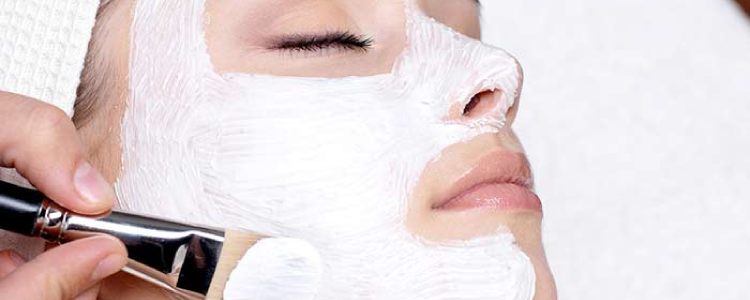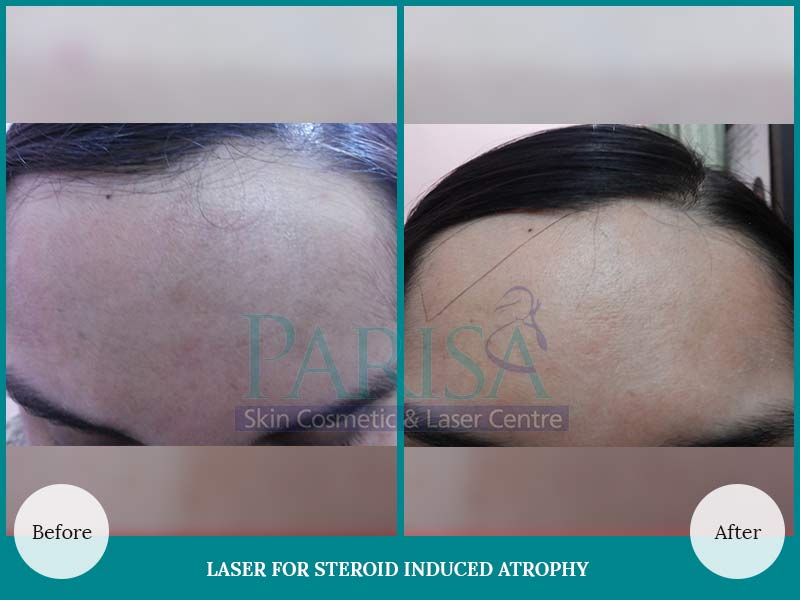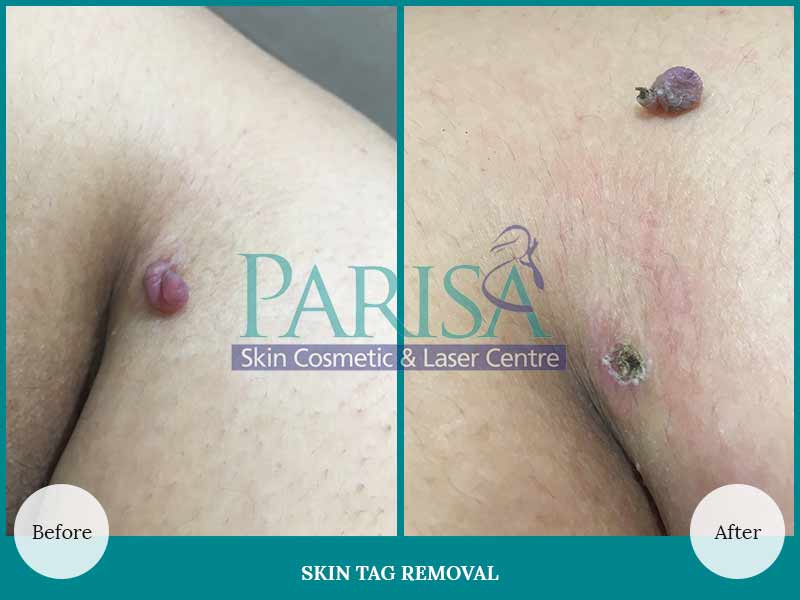Chemical peel Treatment for Stretch Marks
Chemical peeling for stretch marks is a common dermato surgical procedure performed without any surgical instrument.
Chemical peeling for stretch marks is an application of one or more chemical agents to the skin resulting in dry desquamation or moist maceration followed by its exfoliation and subsequent resurfacing of the epidermis along with the remodelling of collagen and elastic fibres and the deposition of glycosaminoglycans during the repair process in the dermis.
The idea behind the best chemical peel for stretch marks is to wound the skin to bring it to a desired level, which is deep enough to cause exfoliation of the layers, while being superficial enough to allow regeneration from the appendageal structures and deeper dermis through wound healing, and reduce stretch marks.
FORMULATION USED:
- Trans-retinoic Acid Peels
These peels belong to a class of retinoids, which are used to treat hyperpigmentation, reduce stretch marks etc. They act by combining with retinol receptors and taking part in the epidermal cell regulation. - Combination Peels
These cause deeper penetration up to the upper reticular dermis (medium-depth peels) and are used to treat resistant hyperpigmentation and stretch marks. The healing phase lasts for 7-10 days and these can be repeated once in a month.
MECHANISM OF ACTION OF PEELS
The outer skin layers are removed through keratolysis and kerato coagulation. In keratolysis, the peeling agents such as glycolic acid or lactic acid penetrate through stratum corneum, break the intercellular desmosomal band and disrupt the keratinocyte cohesion. In kerato coagulation, the peeling agent destroys the surface cells through protein denaturation and keratinocyte coagulation. Most of the very superficial and superficial peels primarily cause epidermal wounding whereas medium and deep chemical peels cause both epidermal and dermal wounding.
STAGES
1. Coagulation and Inflammation
2. Reepithelialization
3. Granulation Tissue Formation
4. Angiogenesis
5. Collagen and Matrix Remodelling
1. No set rule, no limit to the number of peels.
2. Once in 4 weeks, for 6-10 sessions
3. Maintenance, as and when required.
4. At home: Cold water/ice compresses, calamine lotion are given for drying and soothing. Promote epidermal desiccation and separation for first 24-48 hours and restrict emollients.
5. Day 1 and 2: Skin becomes dark brown-black, desquamates completely for 5-10 days (there are early and late peelers).
6. Once the skin starts peeling, there is a sense of tightening and cracking. Apply emollients and keep the skin moist.
7. On completion, underlying skin is erythematous. Protection from sunlight with sunscreen and moisturizers is advised for 1-2 weeks.
8. Use of a very mild soap is advised.
9. Take several minutes to appear and consists of erythema, blanching, and white frosting. Frosting is caused by denatured proteins of the skin.
10. Appearance of uniform white coat of frosting is a good sign.
11. Peel is kept overnight on the affected area.
Peel -
Sun restriction with minimum sun exposure depending on the area to be treated.
Use of hat, cap, scarf, umbrella, etc.
Sunscreens - Broad spectrum sunscreen blocks both ultraviolet A(UVA) and ultraviolet B (UVB).
Patients are advised to religiously follow the instruction for at least 10-15 days before the procedure.
Determine the colour complexion (fair, wheatish, semi-dark, dark)
Assess the depth of the lesion (epidermis, dermal, or both)
Selection of the depth of the peel required
Active infection (herpes labialis/bacterial)
Open cuts
Patient on photosensitive drugs
Non co-operative patient
Unrealistic expectations
To reduce the stretch marks
Pregnancy induced hyperpigmentation along stretch marks
Postinflammatory hyperpigmentation (PIH)
Indications Contraindications Pre Procedure
2.Priming
Preparing the skin for the peel is an important part of the procedure, as it helps to certain better topical results. This can be achieved to use of certain topical drugs at least 2 weeks prior to the planned day of the peel.




.jpg)